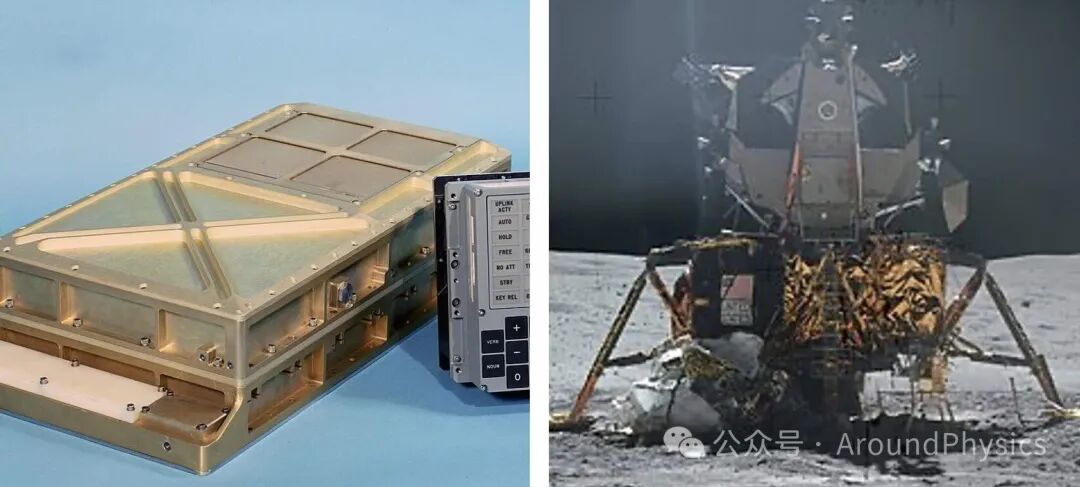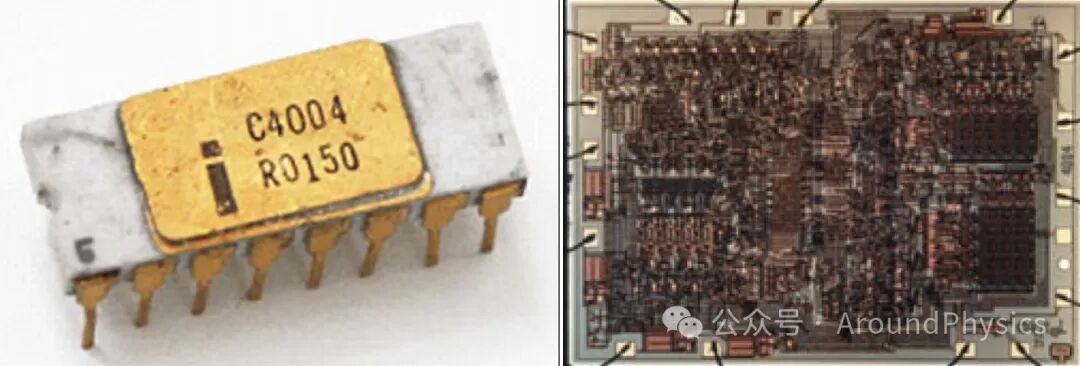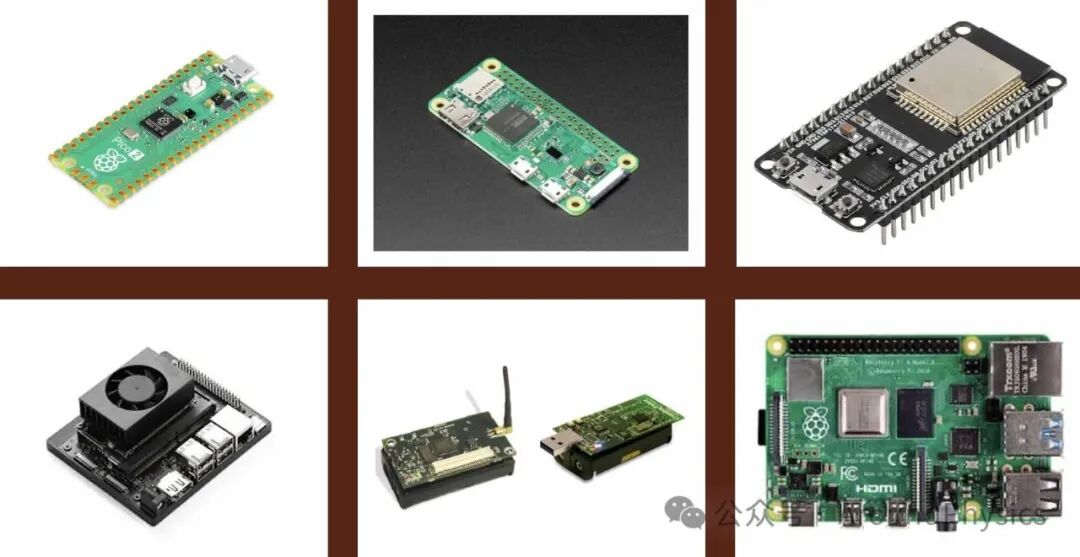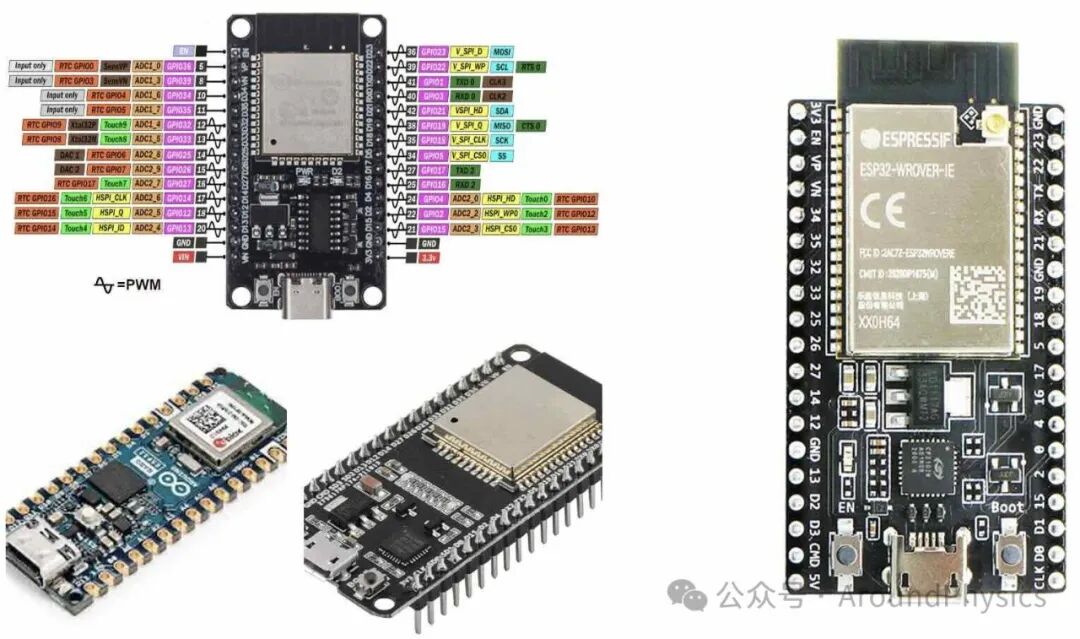Did you know? The smartphones, smartwatches, washing machines, and even cars we use every day all contain an “invisible brain”—the embedded system. The microcomputers that allow developers to easily create various smart gadgets are quietly changing the world. This all began over 60 years ago.
In the 1960s, the prototype of embedded systems appeared in American aerospace engineering. The “Apollo Guidance Computer” (AGC), developed by NASA for the Apollo moon landing program in 1961, is considered the world’s first embedded system. It was small and specialized, designed specifically for astronaut navigation. It utilized dedicated hardware and custom software, making it possible to perform complex tasks in constrained spaces for the first time. This marked the quiet beginning of the era of “dedicated computing”.
 In 1971, Intel released the world’s first commercial microprocessor—the 4004, marking the birth of microcomputers. Subsequently, embedded systems began to be widely used in industrial control, automotive electronics, and household appliances, with 8-bit and 16-bit microcontrollers like the 8051 and 68HC11 becoming mainstream. Computers were no longer large machines occupying entire rooms; they could now be as small as a palm. As processors became smaller and cheaper, embedded systems began to appear in various scenarios such as factory automation equipment, automotive control systems, and household appliances. Controlling rice cookers, managing vehicle speed, adjusting temperature… all of these tasks are quietly managed by embedded systems.
In 1971, Intel released the world’s first commercial microprocessor—the 4004, marking the birth of microcomputers. Subsequently, embedded systems began to be widely used in industrial control, automotive electronics, and household appliances, with 8-bit and 16-bit microcontrollers like the 8051 and 68HC11 becoming mainstream. Computers were no longer large machines occupying entire rooms; they could now be as small as a palm. As processors became smaller and cheaper, embedded systems began to appear in various scenarios such as factory automation equipment, automotive control systems, and household appliances. Controlling rice cookers, managing vehicle speed, adjusting temperature… all of these tasks are quietly managed by embedded systems. Entering the 1980s, embedded systems gradually became popular, implementing multitasking scheduling with simple real-time operating systems (RTOS). At the same time, microcomputers for educational and experimental purposes began to rise, laying the foundation for the development of single-board computers. The embedded systems of this era could not only perform fixed tasks but also “multi-task” like humans—handling multiple tasks simultaneously. During this time, microcomputers also began to emerge as important tools for education and engineering experiments.
Entering the 1980s, embedded systems gradually became popular, implementing multitasking scheduling with simple real-time operating systems (RTOS). At the same time, microcomputers for educational and experimental purposes began to rise, laying the foundation for the development of single-board computers. The embedded systems of this era could not only perform fixed tasks but also “multi-task” like humans—handling multiple tasks simultaneously. During this time, microcomputers also began to emerge as important tools for education and engineering experiments. In the 1990s, the ARM architecture rose to prominence, quickly dominating the embedded market with its low power consumption and high performance. Embedded Linux and other systems began to be used in more complex devices such as PDAs and early smart terminals. At that time, we started to encounter early smart terminals like PDAs, which were more portable than traditional computers but offered comparable functionality.
In the 1990s, the ARM architecture rose to prominence, quickly dominating the embedded market with its low power consumption and high performance. Embedded Linux and other systems began to be used in more complex devices such as PDAs and early smart terminals. At that time, we started to encounter early smart terminals like PDAs, which were more portable than traditional computers but offered comparable functionality.
Entering the 21st century, embedded systems truly became a part of everyday life. Smartphones, navigation devices, smart TVs, drones… every device has its presence. On the other hand, microcomputers like the Raspberry Pi began to gain popularity, allowing students, inventors, and enthusiasts to easily develop their own small robots and smart home devices, sparking endless creativity.
In the 2000s, embedded devices welcomed the wave of mobile internet. Smartphones, MP3 players, navigation devices, and other equipment drove continuous upgrades in embedded system functionality. At the same time, microcomputers entered the public eye, and developer communities began to emerge.

Since the 2010s, with the development of the Internet of Things (IoT) and artificial intelligence, embedded systems and microcomputers have entered a stage of integration. The rise of low-cost platforms like Raspberry Pi, ESP32, and Jetson has enabled rapid deployment of smart terminals and small edge devices, promoting the construction of smart homes, industrial automation, and smart cities. Edge computing, intelligent recognition, voice interaction… these advanced technologies are increasingly being integrated into these seemingly insignificant small chips.
Small Boards, Big World: The Rise of Raspberry Pi, ESP32, and Jetson
In the past decade, some devices that look like “circuit board toys” have quietly ignited the enthusiasm of makers, engineers, and even primary and secondary education worldwide. They are low-cost, powerful, and versatile, representing the trend of “democratization” of embedded devices and microcomputers. Among them, the three most representative platforms are: Raspberry Pi, ESP32, and Jetson series.
In 2012, a team of engineers from the University of Cambridge launched the first generation of Raspberry Pi, originally aimed at enabling primary and secondary school students to learn programming at a low cost. Unexpectedly, this credit card-sized computer quickly became popular worldwide.

Raspberry Pi not only runs a complete Linux system (such as Raspberry Pi OS) but also connects to monitors, keyboards, and mice, and can be used for media playback, web browsing, robot control, and as an IoT hub. Over the years, it has continuously evolved from the initial single-core CPU to a powerful tool today that supports 4K output, multi-core processing, Wi-Fi, and Bluetooth. Its emergence has shattered the stereotype that “computers = expensive,” allowing thousands of people to enter the world of programming and embedded development for less than 100 yuan.

Compared to the fully functional Raspberry Pi,ESP32 is more like a “little expert” tailored for the Internet of Things (IoT). It was launched by Espressif Systems in China and features low power consumption, integrated Wi-Fi and Bluetooth, and rich GPIO interfaces. The greatest appeal of the ESP32 lies in its “light yet powerful” nature—achieving wireless communication, sensor control, and remote data collection for just a few yuan, it is often used in smart locks, remote temperature monitoring, smart lighting, and wearable devices.

NVIDIA’s Jetson series, especially Jetson Nano and Jetson Orin Nano, are micro platforms specifically developed for edge artificial intelligence (Edge AI). Their core advantage lies in the built-in powerful GPU, capable of performing tasks such as image recognition, object detection, and voice processing, commonly used in robotics, autonomous vehicles, and security monitoring. Although slightly more expensive than Raspberry Pi and ESP32, the Jetson series represents the cutting-edge trend of “embedded + AI.” You can run deep learning models on a device the size of your palm, achieving localized, low-latency intelligent processing, which has great potential in fields like healthcare, industry, and transportation. Its development ecosystem is also very open, supporting platforms like Arduino, MicroPython, and ESP-IDF, greatly lowering the entry barrier.
From the “secret weapon” of the moon landing mission to the ubiquitous smart assistants in our lives, embedded systems and microcomputers are redefining our world in an invisible way.
Today, embedded devices are everywhere, serving as a crucial pillar of modern information society, from daily life to high-end scientific research.